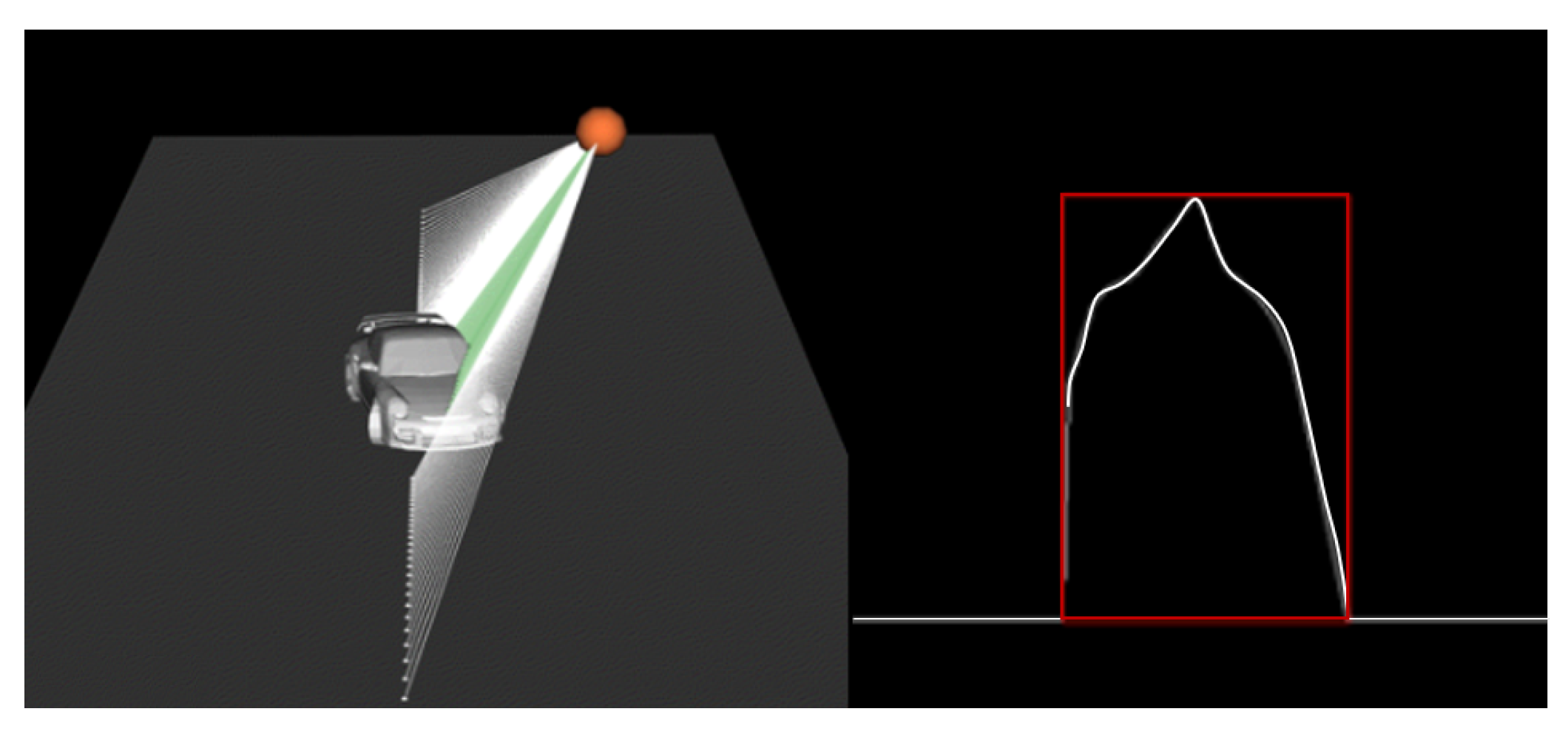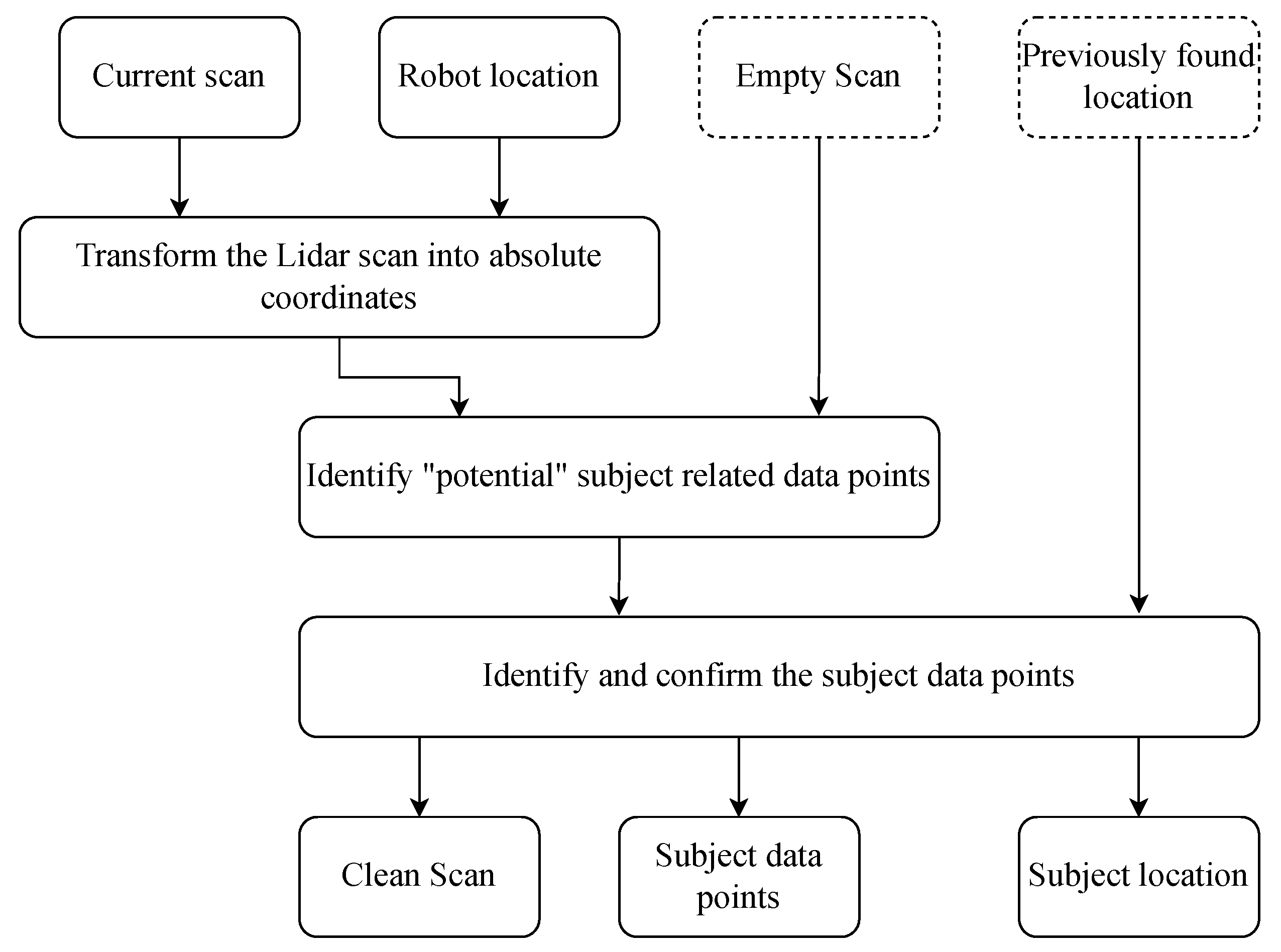Obstacle detection using LIDAR data Circuit Diagram Sensor fusion, multi-modal perception, autonomous vehicles — if these keywords pique your interest, this Medium blog is for you. Join me as I explore the fascinating world of LiDAR and color image-based environment understanding, showcasing how these technologies are combined to enhance obstacle detection and decision-making for autonomous vehicles.

Read a Lidar Scan. Each scan of lidar data is stored as a 3-D point cloud. Efficiently processing this data using fast indexing and search is key to the performance of the sensor processing pipeline. This efficiency is achieved using the pointCloud object, which internally organizes the data using a K-d tree data structure.

How LiDAR and Infrared Sensors Enhance Obstacle Detection in Robotics Circuit Diagram
Contribute to udacity/SFND_Lidar_Obstacle_Detection development by creating an account on GitHub. AI-powered developer platform Available add-ons. usually in a 360 degree range. While lidar sensors gives us very high accurate models for the world around us in 3D, they are currently very expensive, upwards of $60,000 for a standard unit.

The LiDAR data is pre-processed before applying all the steps mentioned above. Pre-processing is done to downsample the LiDAR data so that obstacle detection can be done efficiently without unnecessarily processing a large number of data points. Voxel grid is used for downsampling the LiDAR data points.

How to Use LiDAR for Obstacle Avoidance in Robotics Circuit Diagram
Active LiDAR, using a laser beam to detect obstacles, is great for precise mapping & obstacle detection. It can be used in conjunction with other sensors for real-time navigation & object avoidance. The robot will move fast. In that case, if any human is near to robot it should be slow down. For that purpose, I want to use Rplidar A2 which will be in a fixed position. using Rplidar I wanted to detect any human or other obstacle is approaching towards the danger zone. So far using Rplidar python package I was able to extract the data from it. Radar sensors are also very affordable and common now of days in newer cars. Sensor Fusion by combing lidar's high resoultion imaging with radar's ability to measure velocity of objects we can get a better understanding of the sorrounding environment than we could using one of the sensors alone.

To use LiDAR and infrared sensors effectively for obstacle detection in robotics, they need to be integrated with other sensors and systems on the robot. An accurate perception with a rapid response is fundamental for any autonomous vehicle to navigate safely. Light detection and ranging (LiDAR) sensors provide an accurate estimation of the surroundings in the form of 3D point clouds. Autonomous vehicles use LiDAR to realize obstacles in the surroundings and feed the information to the control units that guarantee collision avoidance and motion navigation system versus stitching, calibrating and synchronizing many sensors. 2 Common Approaches to Obstacle Detection The most common approach to ODOA is utilizing 2D, or planar LiDAR. These solutions are effective for an ultra-wide horizontal field-of-view, however they only detect obstacles on the horizontal plane on which they're mounted.
